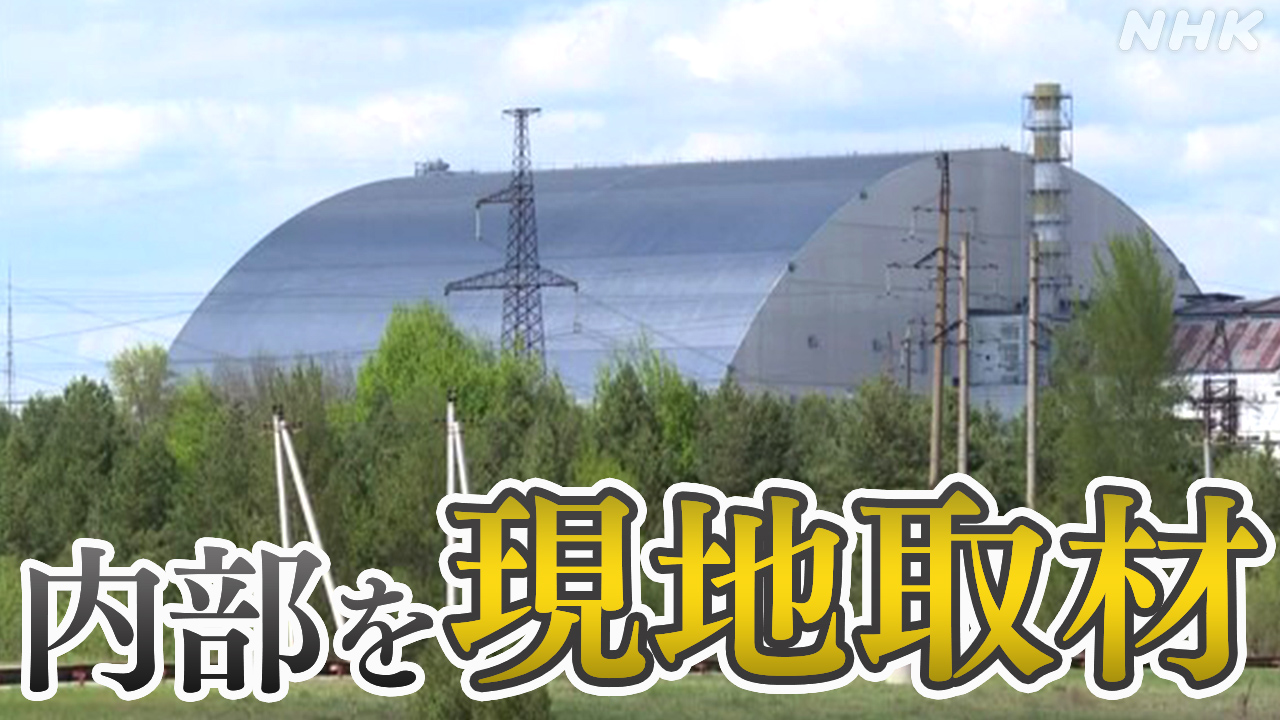Damaged Chernobyl Shelter: The Current Situation and Ongoing Efforts
The Chernobyl Nuclear Power Plant disaster, a catastrophic event etched in history, continues to cast a long shadow. While the immediate aftermath saw heroic efforts to contain the meltdown, the long-term consequences, particularly the state of the Chernobyl Shelter, remain a significant concern. This article delves into the current situation of the damaged shelter, the ongoing efforts for its stabilization and decommissioning, and the future challenges that lie ahead.
The Legacy of Chernobyl: A Shelter in Peril
The Chernobyl Shelter, also known as the sarcophagus, was hastily constructed in the immediate aftermath of the 1986 explosion to contain the radioactive debris. This temporary structure, however, was never designed for long-term stability. Decades of exposure to radiation and the harsh Ukrainian climate have severely deteriorated its condition, posing significant risks of further radioactive leaks and environmental contamination.
Key Concerns Regarding the Shelter's Deterioration:
- Structural Instability: The aging concrete structure shows signs of significant cracking and weakening, raising serious concerns about its ability to withstand future weather events or even minor seismic activity.
- Radioactive Material Leakage: While the majority of radioactive material remains contained, the deteriorating shelter increases the risk of further leakage into the environment, potentially impacting surrounding ecosystems and human populations.
- Security Risks: The site's remote location and the ongoing political instability in the region pose security challenges, making the shelter vulnerable to vandalism and potential breaches.
The New Safe Confinement: A Monumental Engineering Feat
Recognizing the critical need for a long-term solution, an ambitious project was undertaken to construct the New Safe Confinement (NSC), a massive arch-like structure designed to encapsulate the existing shelter. Completed in 2016, the NSC is a testament to international cooperation and engineering ingenuity.
The NSC's Role in Mitigation:
- Enhanced Containment: The NSC provides a far more robust and secure containment system, significantly reducing the risk of radioactive material dispersal.
- Improved Worker Safety: The NSC allows for safer access and decommissioning operations within the exclusion zone, minimizing the risks faced by workers.
- Environmental Protection: By preventing further radioactive leakage, the NSC contributes to the long-term protection of the environment surrounding Chernobyl.
The Ongoing Decommissioning Process: A Long Road Ahead
The construction of the NSC marks a crucial step, but it's only one part of a much larger, ongoing process. The decommissioning of the Chernobyl Nuclear Power Plant and the safe management of its radioactive waste remain complex and long-term challenges. This involves:
- Waste Management: The safe removal and disposal of highly radioactive materials is a crucial and ongoing operation, demanding advanced technologies and stringent safety protocols.
- Environmental Remediation: Efforts continue to assess and remediate the environmental impact of the disaster, focusing on soil decontamination and ecological restoration.
- Long-Term Monitoring: Continuous monitoring of radiation levels in and around the exclusion zone remains critical to ensure public safety and inform future strategies.
The Future of Chernobyl: Hope and Continued Vigilance
The situation at Chernobyl remains a complex and evolving one. While the construction of the NSC represents a significant victory in containing the immediate risks, the long-term challenges of decommissioning and environmental remediation remain substantial. International collaboration, advanced technologies, and continued vigilance are crucial to ensuring the long-term safety and environmental protection of the region. Further research and development are essential to navigate the complexities of nuclear waste management and environmental remediation in the post-Chernobyl era. For more information on the ongoing efforts and latest updates, you can refer to resources provided by the Chernobyl Shelter Fund and the International Atomic Energy Agency.
(Note: This article is for informational purposes only and does not constitute professional advice. For expert opinions and updates, please refer to official sources.)
